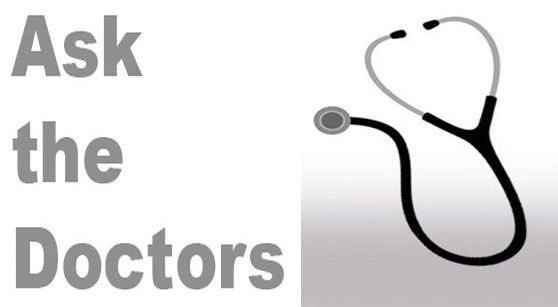A range of exercises and medications can help with fibromyalgia

Dear Doctor: My daughter, who is in her 40s, has fibromyalgia. Is there any cure for this painful condition, or any natural remedies? I hate to see her suffer.
Dear Reader: The word “suffer” perfectly sums up fibromyalgia, and my heart goes out both to your daughter and to you, who can see the condition’s terrible effect on her. A chronic pain disorder initially termed “fibrositis syndrome” in the mid-19th century, fibromyalgia has been an official diagnosis only since 1990. The condition causes widespread musculoskeletal pain and fatigue, as well as sleep problems and difficulties in concentration and with memory.
In the United States, 2 to 3 percent of the population suffers from fibromyalgia, with women affected twice as often as men. Blood tests can’t detect fibromyalgia, so the diagnosis is based on a person’s symptoms, including the tender points identified during a physical examination. That said, people with fibromyalgia have shown abnormal biochemical responses to painful stimuli, and those responses can help guide treatment.
The first step in treating fibromyalgia is to understand the illness and what triggers a flair of symptoms. Anxiety and depression are common with fibromyalgia, and the resulting emotional stress can create a cycle of worsening pain and even lower energy levels.
Let’s take a look first at non-medical interventions. Practicing good sleep hygiene is vital because poor sleep can worsen fibromyalgia pain and fatigue, and trigger the cycle mentioned above. Relaxation techniques and therapy can relieve anxiety and depression, while meditation training can ease pain. Further, reflexology and acupuncture have each shown benefits in small studies at easing a variety of symptoms.
Exercise is a crucial component of therapy. Multiple studies have shown that it decreases pain, increases flexibility and boosts energy. Note that if exercise is too vigorous or of high impact, it may cause a flair of symptoms. The key is to start slowly with low-impact exercise, such as walking, biking, swimming or water aerobics. As symptoms improve, patients can increase their level of exercise.
Although they don’t cure the illness, various drugs and supplements can improve specific symptoms.
Read More: http://snip.ly/hdpbv#http://elkodaily.com/lifestyles/a-range-of-exercises-and-medications-can-help-with-fibromyalgia/article_39f0864b-c24a-5926-bcdd-c02488b1b52c.html

0 Comments:
Post a Comment
Subscribe to Post Comments [Atom]
<< Home